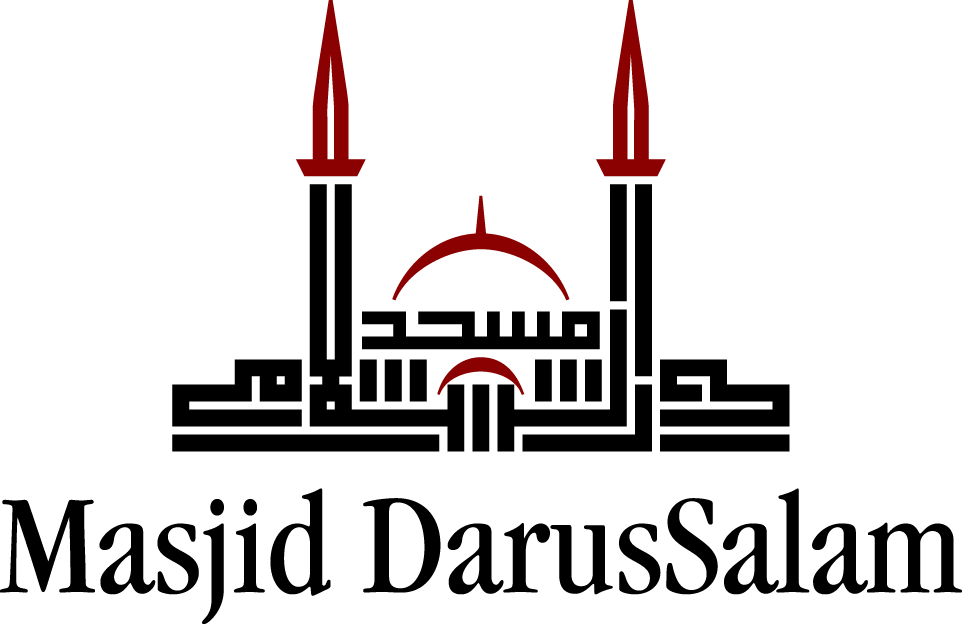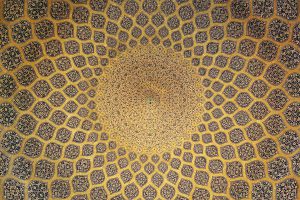Defining the Nomenclature “Ṣaḥīḥ” in Ḥadīth Terminology: An Overview of the Ḥadīth Ṣaḥīḥ’s Conditions
By Osman Mohammed (5th Year ʿĀlim Student, DarusSalam Seminary)
The scholars meticulously preserved the ḥadīth. In this noble endeavor, they developed an entire science. And one studying ḥadīth will come across the various terminology that they established. One must understand their terminology for it is vital to accurately comprehend the science.
The terminology that they coined explains the chains of narration (ar. asānīd), the texts of the ḥadīth (ar. mutūn), and the classification of the ḥadīth into various types, etc. There are categories in their classification system that pertain to authenticity. A ḥadīth may be classified as ṣaḥīḥ (trans. rigorously authentic), ḥasan (trans. authentic), or ḍaʿīf (trans. weak). This paper will present the definitions of ṣaḥīḥ according to the foremost scholars of the science.
Ibn al-Ṣalāḥ defined it as:
أما الحديث الصحيح فهو الحديث المسند الذي يتصل إسناده بنقل العدل الضابط عن العدل الضابط إلى منتهاه ولا يكون شاذا ولا معللا
“Regarding the rigorously authenticated narration, it is that which has a continuous chain, coming via an upright and accurate (by way of memory or written record) narrator from another who is also upright and accurate until it reaches its source. It is not related contrary to a higher authority nor does it contain a defect.”[1]
Ḥāfiẓ Ibn Ḥajar defined it as:
وخبر الآحاد بنقل عدل تام الضبط متصل السند غير معلل ولا شاذ
“A rigorously authentic report is a singular narration that is related via upright narrators who are accurate; it is continuous in its transmission; it is not narrated contrary to a higher authority; it does not contain any defect.”[2]
Imām Nawāwī defined it as:
ما اتصل سنده بالعدول الضابطين من غير شذوذ ولا علة
“A report that is continuous and comes via upright and accurate narrators without contradiction or a defect.”[3]
In each of these definitions, there are five conditions found for a rigorously authenticated report. These conditions are:
- Its chain is fully connected (ar. ittiṣāl al-sanad).
- The narrators who transmit it are upright (ar. ʿadālat al-ruwāt).
- The narrators who transmit it are accurate (ar. ḍabṭ al-ruwāt).
- It does not contradict a higher authority (ar. ʿadam al-shudhūdh).
- It does not contain a defect (ar. ʿadam al-ʿillah).
[1] Muqaddimat Ibn al-Salāḥ, 11-12.
[2] Nuzhat al-Naẓar, 58.
[3] Tadrīb al-Rāwī, 1:60.


